25 Movies That Critics Praised But Regular Viewers Couldn’t Stand
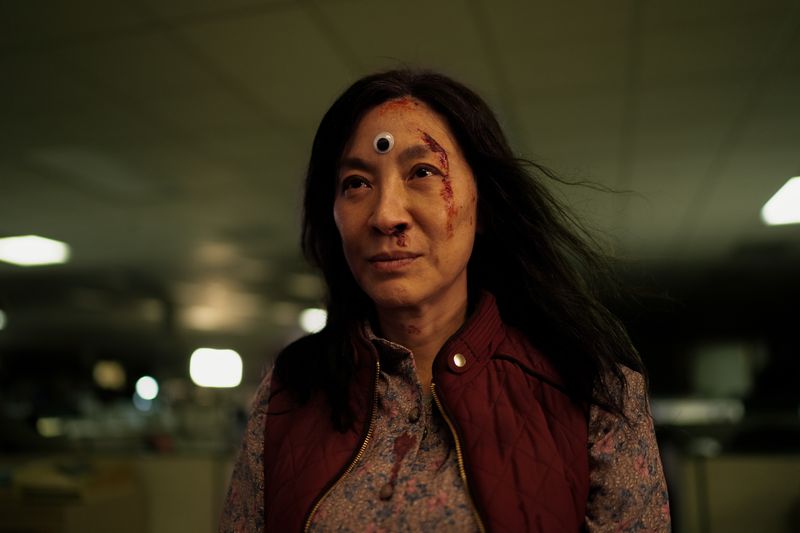
Some movies are made to sweep awards season, while others are built to pack theaters. Then there’s the rare breed that dazzles critics but leaves regular viewers checking their watches, muttering “What did I just watch?”
This list dives into those love-it-or-hate-it titles that sparked debates at dinner tables and comment sections alike. Ready to relive the discourse, the eye-rolls, and the standing ovations—sometimes all for the same film? Let’s go.
1. The Last Jedi (2017)

Few movies have divided a fanbase quite like The Last Jedi. It was supposed to revive Star Wars with fresh ideas and bold direction. Instead, it launched an online civil war between critics, who called it “visionary,” and fans, who felt personally betrayed.
Critics applauded Rian Johnson’s willingness to subvert expectations and explore deeper emotional arcs. They saw it as a reinvention of the franchise — a brave move that made the galaxy feel more human and unpredictable.
But longtime fans wanted consistency, not chaos. They didn’t appreciate Luke Skywalker acting out of character or major plotlines being dismissed. For them, it felt less like evolution and more like mockery — proof that not every classic saga needs a modern twist.
2. Don’t Look Up (2021)
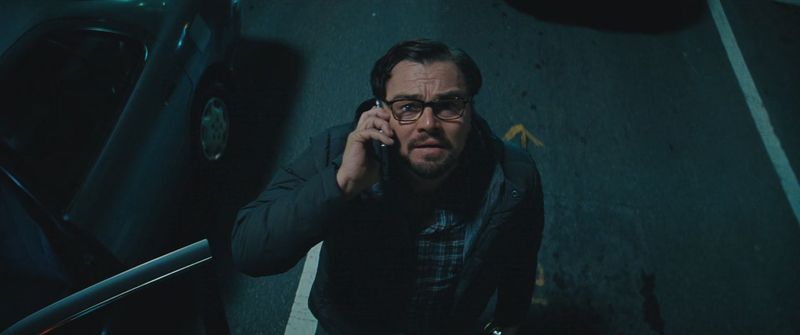
The star power behind Don’t Look Up was impossible to ignore — Leonardo DiCaprio, Jennifer Lawrence, and Meryl Streep in a satire about the end of the world? Critics couldn’t get enough of it.
They praised director Adam McKay’s biting commentary on climate denial, politics, and media culture. The message was clear, the humor sharp, and the performances undeniably strong. For many reviewers, it was a timely wake-up call about society’s refusal to face reality.
Viewers, however, found it heavy-handed and exhausting. What was meant to be clever satire came across as smug and condescending. Instead of laughing, audiences felt lectured. When the credits rolled, people weren’t applauding its brilliance — they were sighing in relief that it was finally over.
3. La La Land (2016)

When La La Land premiered, critics declared it a modern classic — a love letter to old Hollywood musicals. For many, it was pure cinematic magic.
They adored Damien Chazelle’s direction, the jazzy musical numbers, and the bittersweet chemistry between Emma Stone and Ryan Gosling. The ending, in particular, was hailed as brave and emotionally resonant.
But not everyone was singing along. Some viewers found it overhyped, self-indulgent, and emotionally distant. And let’s be honest — plenty of people were still salty about that Oscar mix-up with Moonlight.
4. Mother! (2017)
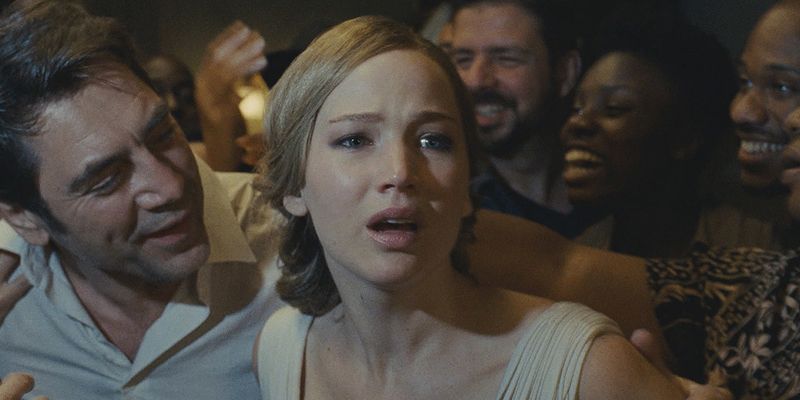
No one walked into Mother! expecting a feel-good film, but few expected that fever dream either. What started as an eerie domestic drama spiraled into full-blown chaos that left audiences shell-shocked.
Critics, of course, adored its audacity. They called Darren Aronofsky’s biblical allegory “bold,” “uncompromising,” and “a masterclass in symbolism.” They dissected every strange metaphor as if it were a treasure map to artistic genius.
Meanwhile, regular moviegoers were too busy asking, “What did I just watch?” The symbolism was so dense that many felt duped into a film that cared more about shocking imagery than storytelling. The result? One of the rare movies to earn both critical praise and an F CinemaScore.
5. The Shape of Water (2017)

A romance between a mute woman and a fish-man doesn’t sound like Oscar bait — yet The Shape of Water swam straight into critics’ hearts. It was hailed as whimsical, poetic, and visually stunning.
Guillermo del Toro’s direction turned the bizarre into something tender, exploring themes of love, loneliness, and acceptance. Reviewers couldn’t stop raving about its originality and emotional depth.
But for many casual viewers, it was one step too weird. The beautifully shot creature romance felt more unsettling than moving. While critics called it “magical realism,” audiences mostly called it “that fish movie.” It’s hard to swoon when your first thought is, “Wait, she’s really in love with a sea monster?”
6. Everything Everywhere All at Once (2022)

This movie had audiences buzzing — and scratching their heads. The multiverse concept was already trendy, but this film took it to another dimension (literally).
Critics hailed it as a masterpiece of creativity, praising Michelle Yeoh’s performance and the emotional storytelling hidden beneath the chaos. They loved how it blended absurd comedy, martial arts, and deep existential themes into something entirely new.
For regular viewers, though, it was sensory overload. The rapid editing, surreal visuals, and constant jumping between worlds left many feeling dizzy and confused. Sure, it was ambitious — but for those who just wanted a coherent story, it was like trying to solve a Rubik’s cube blindfolded.
7. The Power of the Dog (2021)

Jane Campion’s slow-burn Western looked gorgeous, sounded poetic, and won critical acclaim worldwide — even snagging the Oscar for Best Director. On paper, it had all the makings of a masterpiece.
Critics praised its subtle tension, layered characters, and haunting performances — especially Benedict Cumberbatch’s chilling portrayal of toxic masculinity unraveling. To them, every quiet glance carried meaning, every silence spoke volumes.
Audiences? Not so much. Many turned it off halfway through, calling it painfully slow and aimless. Without the critic’s lens, it felt less like profound art and more like a beautifully shot lullaby. Sometimes, subtlety just feels like nothing happening at all.
8. Hereditary (2018)

Horror fans went in expecting demons and jump scares — and left traumatized by something much darker and slower.
Critics raved about Ari Aster’s directorial debut, calling it one of the most disturbing and artful horror films in years. They praised its symbolism, psychological depth, and Toni Collette’s unforgettable performance.
Casual audiences, though, weren’t prepared for the long, creeping dread. Many called it confusing, depressing, and too artsy to be scary. Instead of popcorn thrills, they got a slow descent into madness that lingered long after the credits — not exactly Friday night fun.
9. The Witch (2015)

Few horror movies divide audiences like The Witch. It promised scares in the trailers, but what people got was slow-building dread and 1600s Puritan dialogue no one could understand.
Critics, however, were spellbound. They admired Robert Eggers’ historical accuracy and the eerie authenticity of its atmosphere. To them, the real horror was psychological — a masterful slow burn that burrowed under the skin.
For everyone else, it was two hours of people whispering in candlelight. The lack of jump scares and cryptic ending left casual horror fans wondering when the “horror” part was going to start.
10. Birdman (2014)

On the surface, Birdman seemed like a thrilling comeback story about a washed-up superhero actor. What audiences got was a one-take, jazz-scored meditation on ego, art, and fame.
Critics went wild for it. They called Alejandro González Iñárritu’s single-shot illusion “revolutionary filmmaking” and praised Michael Keaton’s raw, career-defining performance. It swept the Oscars and became the critics’ darling of the year.
But regular viewers? Many felt trapped in a two-hour theater experiment that forgot to be entertaining. The endless monologues and surreal moments made it feel more like an art-school project than a movie night pick.
11. Nomadland (2020)

Winning Best Picture usually means everyone agrees it’s great — but Nomadland quietly proved otherwise. It’s a beautiful movie, no doubt, but it’s also one that many found nearly impossible to finish.
Critics adored its raw portrayal of life on the margins, praising Frances McDormand’s subtle performance and Chloé Zhao’s poetic realism. They saw it as a heartfelt meditation on freedom, loss, and the modern American dream.
For many regular viewers, though, the “freedom” mostly looked like loneliness and despair. The pacing crawled, the dialogue was sparse, and the documentary-style storytelling made it feel more like homework than a movie night escape.
12. The Tree of Life (2011)
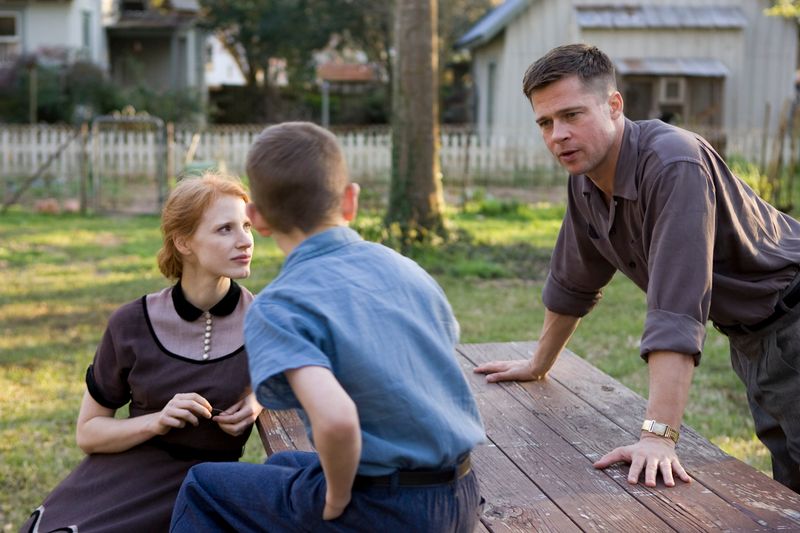
Terrence Malick’s The Tree of Life is one of those films that critics can write dissertations about — and audiences can barely describe without sighing. It’s more experience than narrative.
Critics hailed it as an ambitious exploration of existence itself, weaving together childhood memories, cosmic imagery, and whispered philosophy. They saw it as pure art — something meant to be felt, not understood.
For casual viewers, though, it was a slow, baffling montage of dinosaurs, family dinners, and existential voiceovers. Beautiful? Sure. But for many, it was like watching a two-hour perfume commercial.
13. The Green Knight (2021)
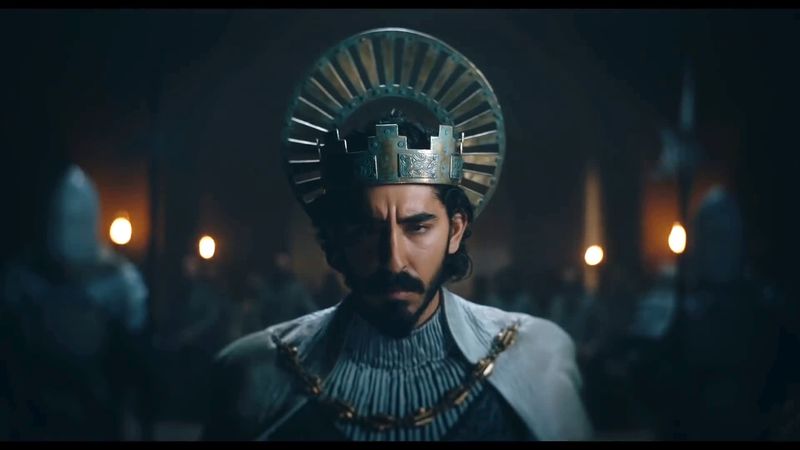
A medieval fantasy about honor and fate sounds epic — until you realize The Green Knight moves at the pace of, well, a knight walking home on foot.
Critics were enchanted by its haunting atmosphere and philosophical undertones. They admired the film’s artistry, the stunning cinematography, and Dev Patel’s subtle, introspective performance. To them, it wasn’t just a movie; it was a visual poem.
Audiences expecting sword fights and adventure, however, got long silences and cryptic symbolism instead. For many, it was the cinematic equivalent of staring at a beautiful painting and wondering if something’s supposed to happen.
14. Lost in Translation (2003)
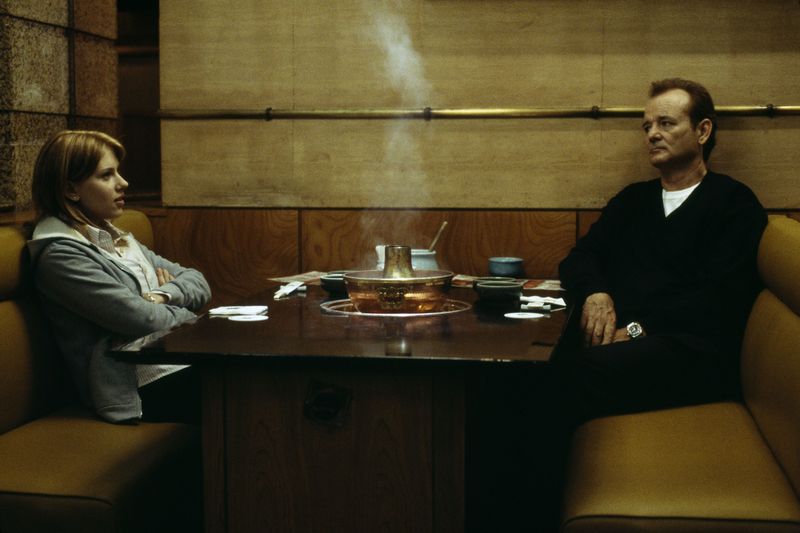
Loneliness hums under neon Tokyo. Critics praised the restraint and gentle humor. Detractors asked where the plot went during karaoke.
Bill Murray and Scarlett Johansson orbit each other with sighs and half-smiles. Culture shock becomes soul shock. Small moments do the heavy lifting.
Some adore the whispered goodbye; others demand subtitles for subtlety. It’s a postcard of melancholy, stamped “Wish you were here, but also not.” And that’s either exquisite or insubstantial.
15. Lady Bird (2017)
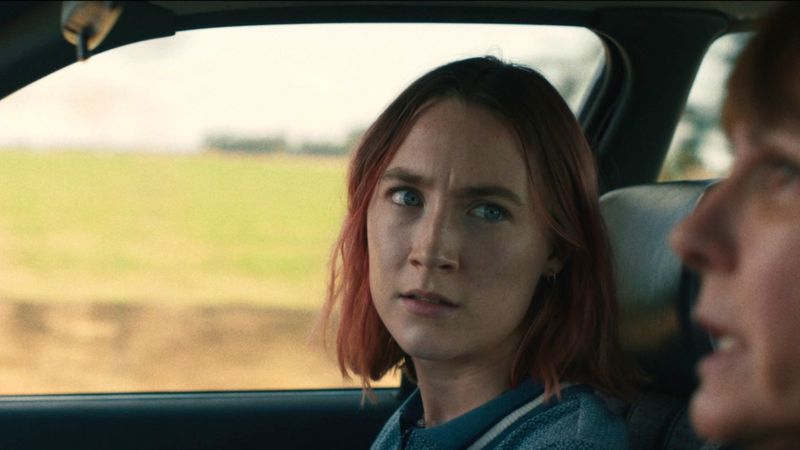
Greta Gerwig’s Lady Bird became an instant critical darling — a coming-of-age story that seemed to charm every reviewer on Earth. But some audiences just didn’t get the hype.
Critics praised its sharp writing, emotional honesty, and realistic portrayal of teenage life. They celebrated it as one of the most authentic depictions of growing up in the 2000s.
For some viewers, however, it felt more like watching someone else’s awkward family vacation. The humor was subtle, the conflicts small, and the stakes almost nonexistent. If you didn’t connect with Lady Bird herself, the movie just felt like a long argument about college applications.
16. Licorice Pizza (2021)
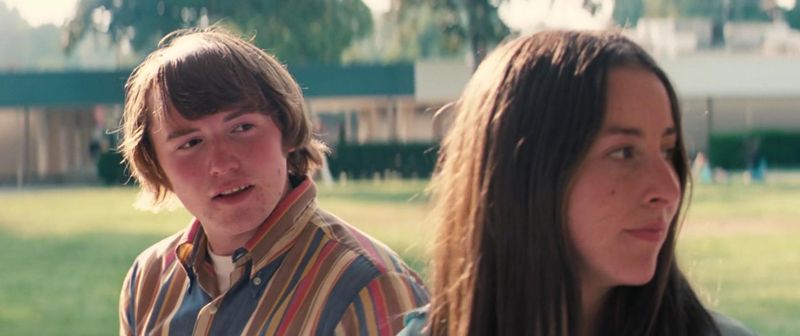
Set in the hazy glow of 1970s California, Licorice Pizza promised nostalgic fun and quirky romance — but not everyone was charmed by its meandering story.
Critics called it a triumph for director Paul Thomas Anderson, celebrating its dreamy atmosphere and sharp performances from newcomers Alana Haim and Cooper Hoffman. They viewed it as a tender portrait of youth, ambition, and awkward love.
Viewers, however, found it confusing and tonally uneven. The age gap between the leads made some uncomfortable, and the lack of a clear plot left others wondering what the point was. For many, it felt less like a coming-of-age story and more like watching someone else’s weird summer vacation.
17. Drive (2011)
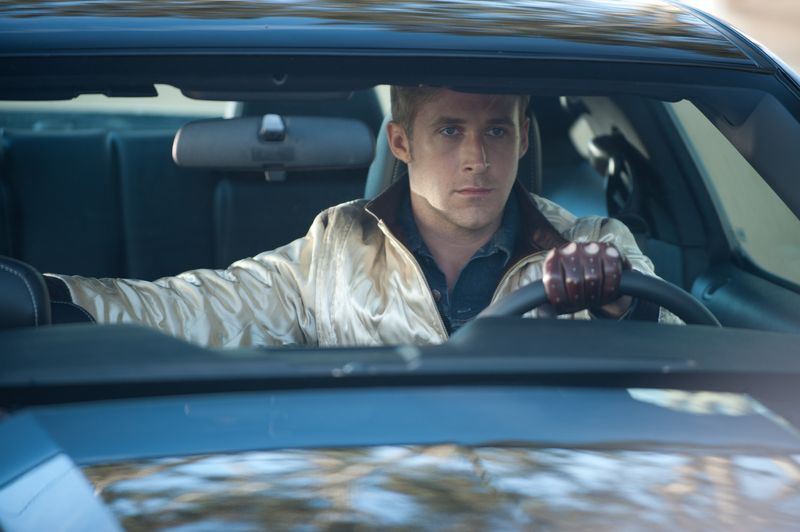
From the trailer, Drive looked like an action-packed thrill ride. In reality, it was a quiet, moody meditation with long stretches of silence punctuated by bursts of brutal violence.
Critics couldn’t get enough of it. They praised its neon-soaked style, minimalist storytelling, and Ryan Gosling’s stoic performance. To them, it was a modern masterpiece — stylish, introspective, and daringly restrained.
Regular audiences felt misled. They came for a car-chase movie and got what felt like an art film with a driver’s license. Many left theaters wondering where the “drive” part actually happened.
18. A Ghost Story (2017)
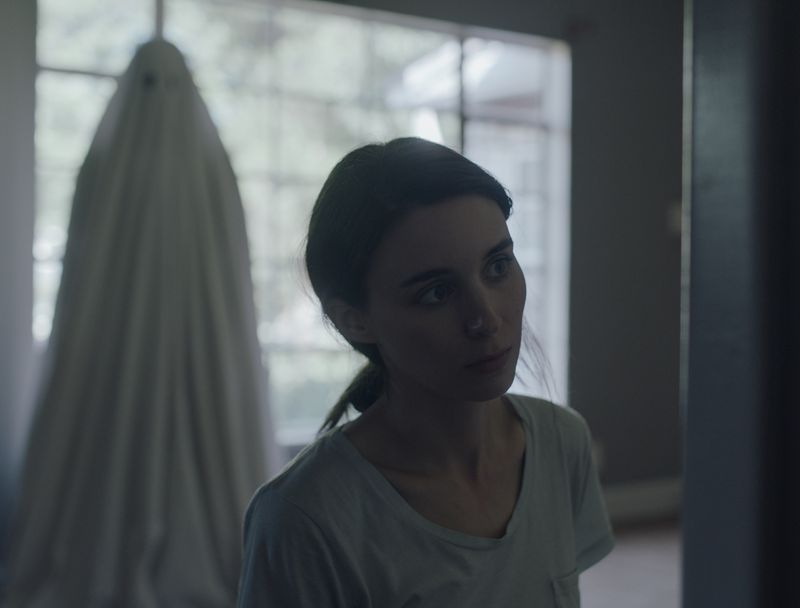
You know a movie is unconventional when one of its most famous scenes involves Rooney Mara eating a pie for five straight minutes.
Critics called A Ghost Story a minimalist masterpiece — haunting, profound, and meditative. They praised its unique take on grief and time, with Casey Affleck literally under a sheet for most of the film. To critics, it was poetic cinema at its purest.
Audiences, however, felt differently. Many found it painfully slow and pretentious, with too little dialogue and too much staring. What critics called “existential silence,” viewers called “nothing happening for 90 minutes.”
19. Tár (2022)

When Cate Blanchett stars in a prestige drama, critics are practically guaranteed to gush — and Tár was no exception.
They praised it as a masterclass in acting and storytelling, applauding its themes of power, art, and morality. Blanchett’s portrayal of a complicated, flawed orchestra conductor earned her endless acclaim and award nominations.
But for average viewers, Tár was more of a chore than a concert. At over two and a half hours long, filled with subtle subtext and industry jargon, it felt exhausting. While critics debated its genius, audiences just wondered when something — anything — was going to happen.
20. Roma (2018)
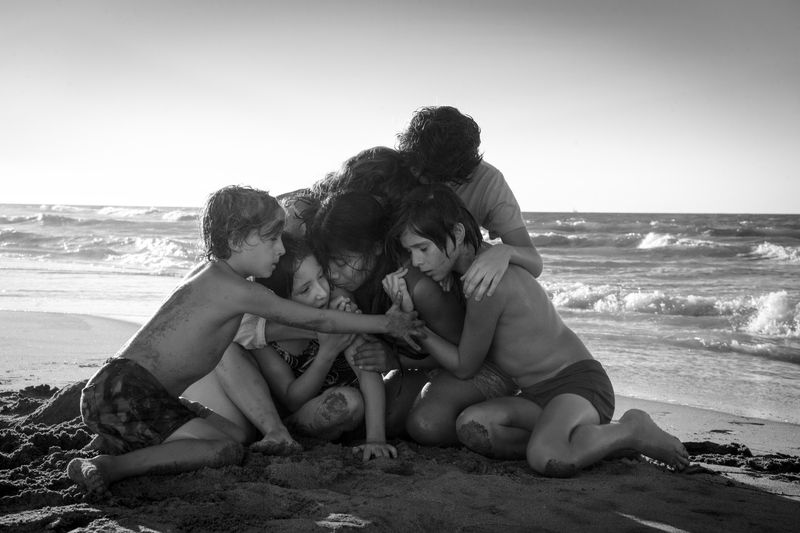
Shot in gorgeous black and white, Roma was Netflix’s first big awards darling — and also one of its most divisive.
Critics adored Alfonso Cuarón’s autobiographical masterpiece, praising its quiet storytelling, emotional authenticity, and stunning cinematography. They saw it as a deeply personal and poetic tribute to the women who shape our lives.
Regular viewers, on the other hand, struggled to stay awake. With little dialogue, a slow pace, and minimal plot, it felt more like a visual diary than a movie. Beautiful? Absolutely. Entertaining? Not so much.
21. The Master (2012)
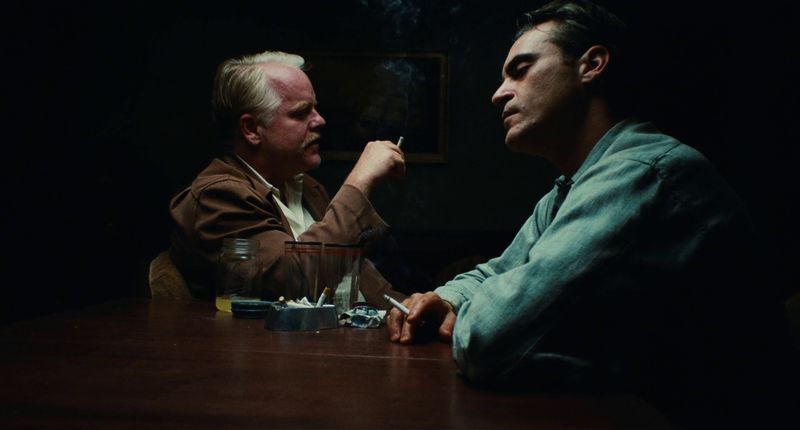
With Joaquin Phoenix and Philip Seymour Hoffman, The Master had acting royalty — but that didn’t make it any easier to sit through.
Critics were entranced by its complexity, calling it a profound study of control, belief, and identity. Paul Thomas Anderson’s direction and the powerhouse performances made it a critics’ favorite.
But for regular viewers, it was a cryptic, emotionally heavy slog that never seemed to go anywhere. Many walked away unsure what they’d just witnessed — only certain that it took too long to get there.
22. Crash (2004)
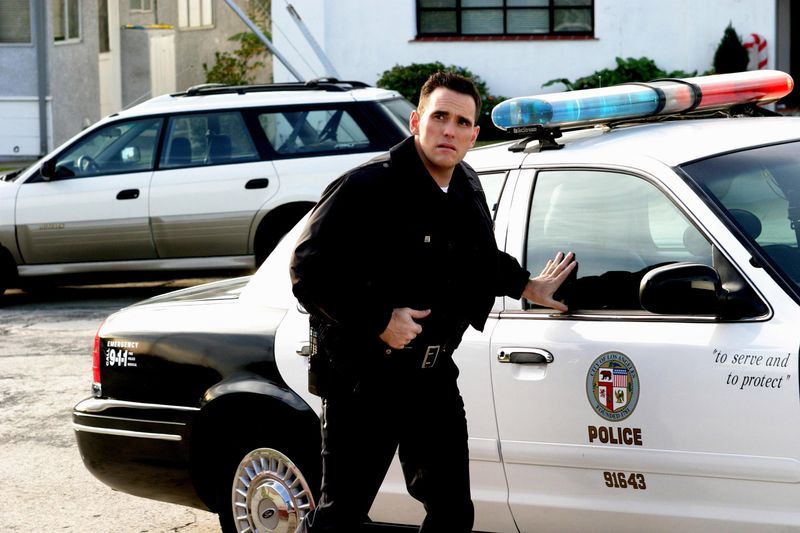
When Crash won the Oscar for Best Picture, critics called it brave and socially relevant — but audiences didn’t stay impressed for long.
Reviewers initially loved its intertwining stories about race and morality in Los Angeles. They saw it as an honest, emotional exploration of prejudice, designed to make viewers think.
Over time, though, many people turned on it. Viewers found the script heavy-handed and overly dramatic, with characters shouting metaphors instead of dialogue. What critics once called “bold,” audiences later called “a lecture disguised as a movie.”
23. Babel (2006)
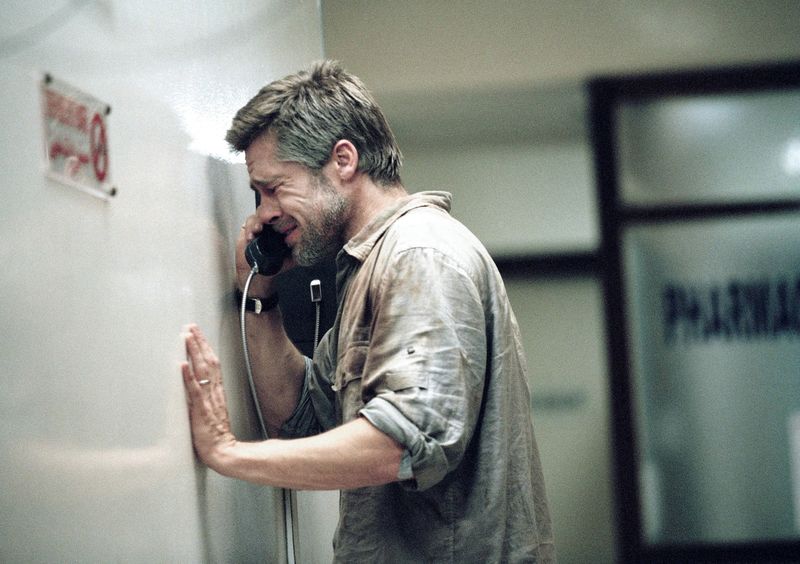
Few films have tried to do as much as Babel — connecting characters across continents through tragedy and misunderstanding.
Critics praised its ambition and emotional depth, calling it an intelligent portrait of communication and cultural barriers. With its A-list cast and sweeping cinematography, it felt like awards season gold.
But for many viewers, the film’s constant time jumps and grim tone made it exhausting. Each storyline felt disconnected and depressing, leaving audiences emotionally drained. Instead of profound, it just felt… long.
24. The English Patient (1996)
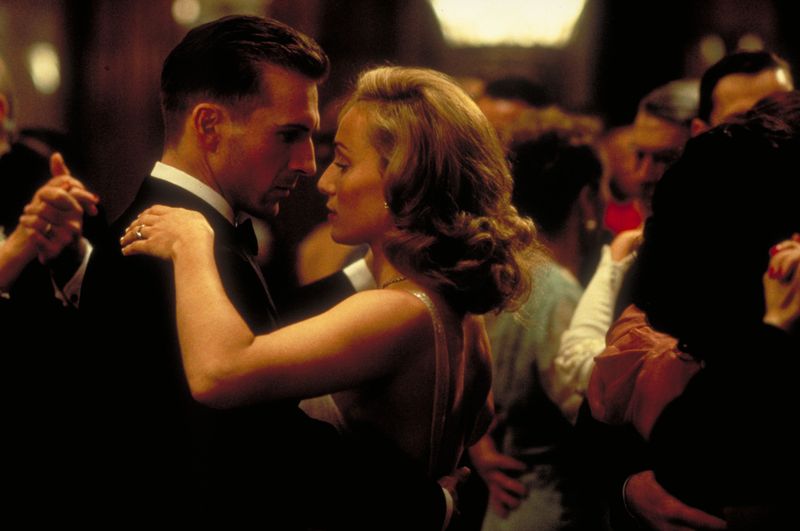
Before Titanic made audiences cry, The English Patient made them yawn. Despite its nine Oscar wins, plenty of people couldn’t make it past the halfway mark.
Critics fell in love with its sweeping romance, stunning visuals, and poetic tone. They called it an epic love story of passion and tragedy set against the backdrop of war.
Audiences, however, weren’t feeling the chemistry — or the pace. The slow, brooding narrative dragged on for over two hours, leaving many wondering what all the fuss was about. Even Seinfeld famously joked about how boring it was.
25. The Blair Witch Project (1999)
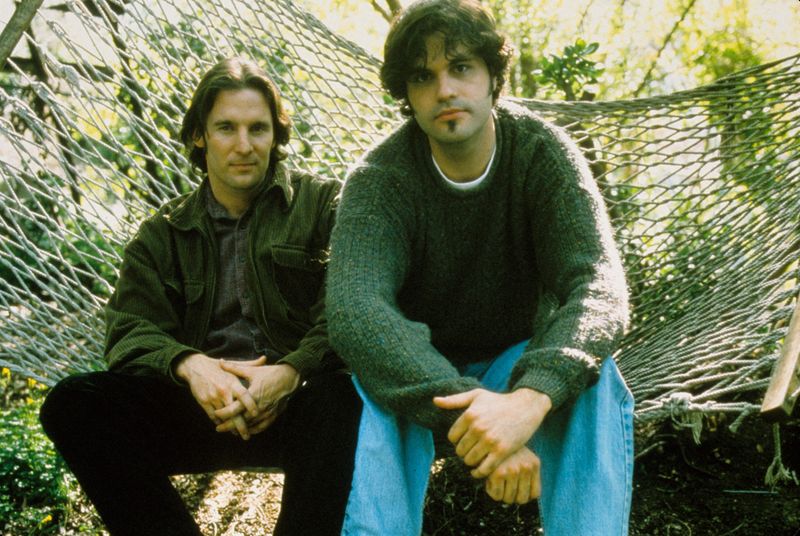
In 1999, The Blair Witch Project became a cultural phenomenon — and one of the most polarizing horror films ever made.
Critics praised its raw realism and groundbreaking “found footage” style, calling it a terrifying new approach to horror. The low budget and shaky camera work made it feel disturbingly authentic.
But audiences expecting a traditional horror film were sorely disappointed. There were no monsters, no special effects, and barely a payoff. Many left theaters angry, dizzy, and convinced they’d been duped by clever marketing.

Comments
Loading…